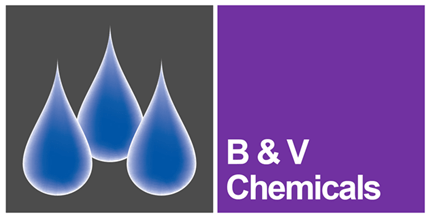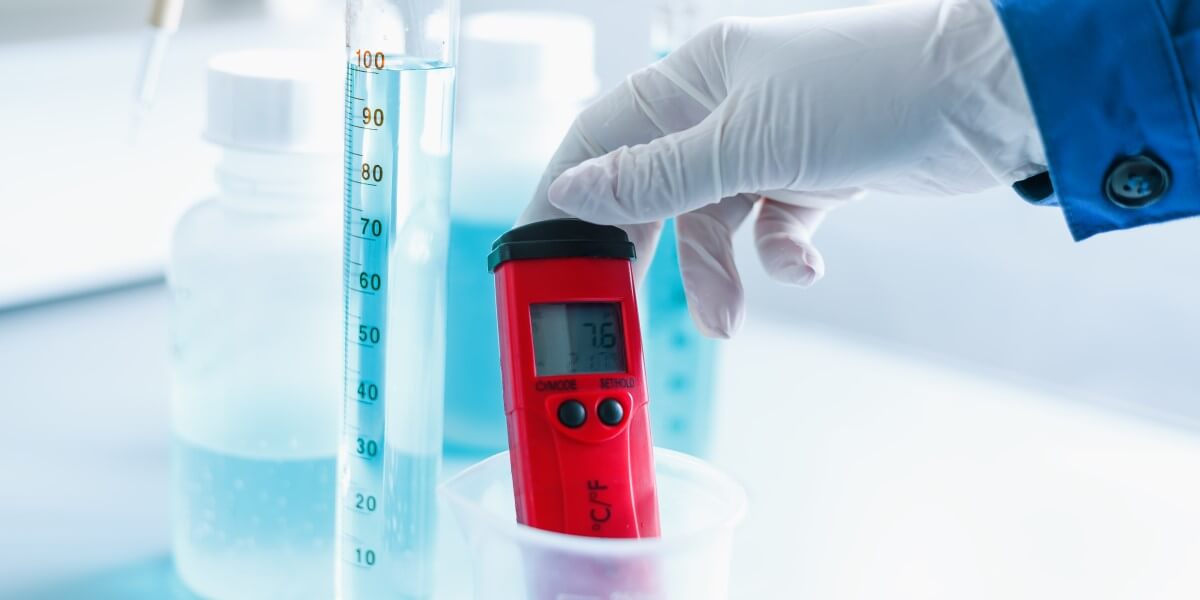When testing steam boiler chemistry, the aim is to control three discernible factors of the chemistry: corrosion, scaling, and fouling. We covered these in this blog post.
In order to control corrosion, scaling and prevent fouling, a number of water treatment chemicals are routinely used to treat steam boilers.
Here, we outline the six types of water tests used for soft water fed boilers.
1. Oxygen Scavenger
New standards do not recommend testing of oxygen scavengers in a steam boiler (BS EN 12592/3), but do recommend that the feed is tested to prove a positive residual, greater than the oxygen level.
Historically, BS 2486 recommends testing the boiler to ensure a reserve is present, on the assumption that “if it is right in the boiler, everything is alright”. This has been turned on its head and it is now “…if it is right in the feed, everything is alright”.
Technically this is much better, but BS 2486 is still a valid standard and still forms the basis of the agreement between the water treatment company and the client in the majority of cases.
2. pH
The pH in a soft water fed boiler must be alkaline. The exact value is specific to the boiler but 10.5-11.5 is generally accepted. This is a critical analysis. If it is <10.5 the risk of silicate and calcium scales increase. If it is <9 the risk of corrosion is severe. If it is >11.5 the risk of foaming and caustic corrosion increase. (See caustic alk, below).
3. Alkalinity
There are three types of alkalinity:
- m-alkalinity is the total alkalinity, measured by titrating the water with acid to pH 4.5 (m= Methyl orange indicator).This measures everything alkaline in the water (bicarbonate, carbonate, phosphate, and caustic).
- p-alkalinity is measured by titrating the water with acid to pH 8.2 (p= Phenol phthalein indicator). This measures all the bicarbonate; half the carbonate; half the phosphate and all the caustic).
- o-alkalinity is measured by titrating with acid to pH 8.2 after adding Barium Chloride to the sample, using phenol phthalein indicator. The barium salt precipitates all the bicarbonate; carbonate and phosphate leaving only the caustic alkalinity to be measured.
Caustic alkalinity is often specified and should be limited to ≤10% of the TDS. Too much o-alk can lead to caustic attack on the boiler as well as encourage foaming (see below) and too little can result in hard scales of calcium phosphate or magnesium silicate.
The role of caustic alk is to condition the scale forming compounds and avoid acid corrosion attack. If there is a superheater, caustic alk should be reduced to ~5% of the TDS. By interpreting the different tests it is possible to ascertain how much carbon dioxide is in the system but caustic alk is the main one to measure and control for the reasons above.
4. Total Dissolved Solids (TDS)
The exact value of TDS is specific to the boiler. Too high, and solids are laid down on the metal surface as the water boils, leading to the overheating of the metal and its failure. Foaming is more likely with high TDS as the surface tension is increased – stabilising bubbles. Too low is indicative of excessive purge on the boiler and a waste of fuel, water and chemicals.
5. Chloride
Chloride can be measured in the boiler and in the feed and the ratio can be used to estimate the cycles of concentration in the boiler. This will be set for a given boiler but is typically 10-50. Too low indicates excessive purge and a waste of fuel, water and chemicals. Too high indicates low purge (often a blocked purge line). Investigate the system.
6. Phosphate
Phosphate is added to mop up residual hardness which would otherwise form scale. By adding phosphate with free caustic alkalinity we form basic calcium hydroxy-apatite as a mobile, sludge-like deposit (not a hard adherent scale). The sludge can be removed in the purge. Polymers can be used to disperse or condition this sludge and make it more mobile.
For further information on water testing soft water fed boilers, please contact us at ownlabel@bvwater.co.uk





